Softball, a sport that has captivated millions, continues to grow in popularity across the globe. As the sport evolves, so does the equipment used by players, particularly softball bats. This article delves into the current market trends for softball bats, examining the factors driving their popularity, the key players influencing the market, and the regional preferences shaping the industry.
Table of Contents:
Market Overview
Innovative Materials and Their Impact
Design and Customization Trends
Technological Advancements in Softball Bats
Durability and Quality Assurance
Conclusion
Market Overview
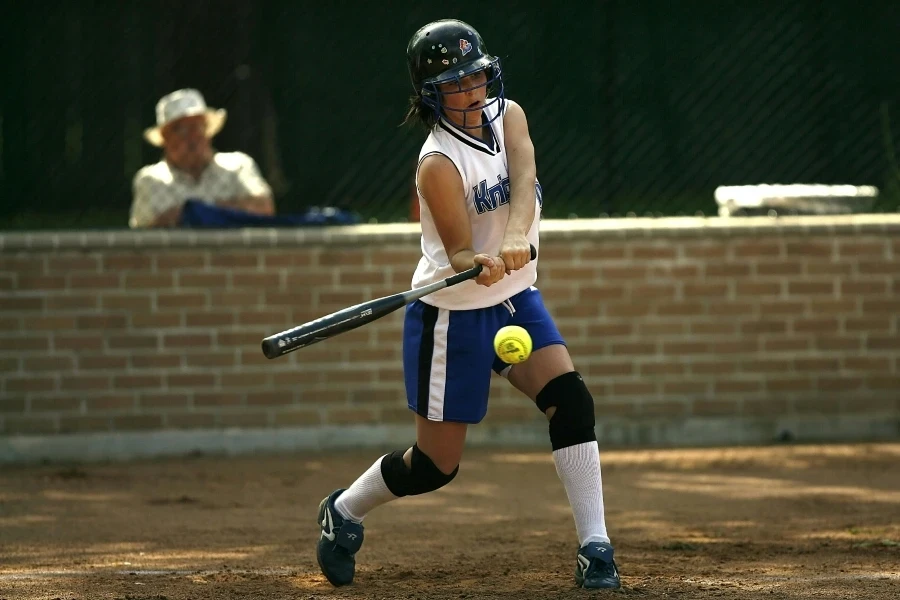
The Growing Popularity of Softball
Softball has seen a significant rise in popularity over the past few years. According to Statista, the global revenue for the baseball and softball market is projected to reach $13.52 billion by 2024, with an annual growth rate (CAGR 2024-2029) of 4.83%. This growth is driven by several factors, including increased participation at the youth and amateur levels, the inclusion of softball in international competitions like the Olympics, and the sport’s appeal as a recreational activity.
In the United States, softball is particularly popular, with millions of players participating in leagues and tournaments annually. The sport’s accessibility and the relatively low cost of entry make it an attractive option for many. Additionally, the rise of women’s sports and the success of collegiate softball programs have further fueled interest in the sport.
Key Market Players and Their Influence
The softball bat market is dominated by several key players who have a significant influence on the industry. Companies like Easton, Louisville Slugger, and DeMarini are at the forefront, continuously innovating and introducing new technologies to enhance player performance. These brands invest heavily in research and development to create bats that offer better grip, improved swing speed, and greater durability.
Easton, for instance, has been a leader in the market with its advanced composite materials and innovative designs. Louisville Slugger, a brand with a rich history in baseball and softball, continues to set standards with its high-quality bats. DeMarini, known for its cutting-edge technology, has a strong following among competitive players.
These companies also engage in strategic partnerships and sponsorships with professional players and teams, further boosting their market presence. By aligning with top athletes, they enhance their brand credibility and attract a loyal customer base.
Regional Trends and Preferences
Regional preferences play a crucial role in shaping the softball bat market. In North America, particularly in the United States, there is a strong preference for composite bats due to their performance benefits. According to Statista, the U.S. is expected to generate the most revenue in the baseball and softball market, with projections reaching $9.97 billion by 2024.
In contrast, regions like Asia and Europe have different preferences influenced by local playing styles and regulations. In Japan, for example, there is a significant market for both aluminum and composite bats, driven by the country’s strong baseball and softball culture. The popularity of softball in countries like Australia and Canada also contributes to regional market dynamics, with players in these regions often favoring bats that offer a balance of power and control.
The market is also influenced by economic factors, such as disposable income and consumer spending trends. In regions with higher disposable income, there is a greater demand for premium bats, while in developing markets, affordability and durability are key considerations.
Innovative Materials and Their Impact
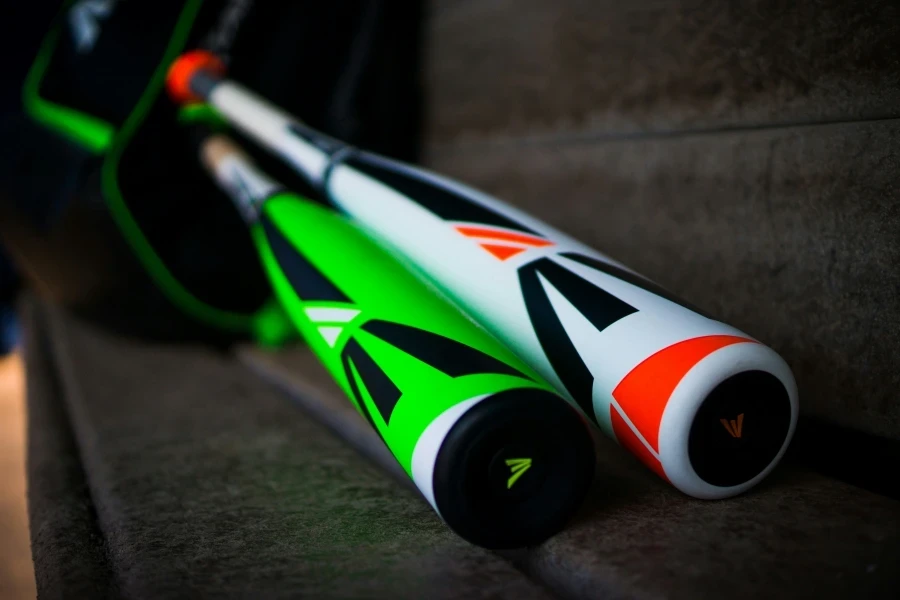
The Rise of Composite Bats
In recent years, composite bats have gained significant traction in the softball industry. These bats are made from a combination of materials, typically including carbon fiber, fiberglass, and resin. The primary advantage of composite bats is their ability to offer a larger sweet spot and reduced vibration, which enhances the overall performance and comfort for players. According to industry reports, the use of composite materials allows for better energy transfer upon contact with the ball, resulting in increased distance and power. Additionally, composite bats tend to be lighter than their aluminum or wooden counterparts, making them easier to swing and control, especially for younger or less experienced players.
Aluminum vs. Wood: Pros and Cons
The debate between aluminum and wood bats has been ongoing for decades. Aluminum bats are known for their durability and lighter weight, which can contribute to faster swing speeds and greater power. They also tend to have a larger sweet spot, making it easier for players to make solid contact with the ball. However, aluminum bats can produce a distinct “ping” sound upon impact, which some players and fans find less appealing than the traditional “crack” of a wooden bat.
On the other hand, wood bats are often preferred for their classic feel and sound. They require more precision and skill to use effectively, as they have a smaller sweet spot and are generally heavier than aluminum bats. This can help players develop better hitting mechanics and strength. However, wood bats are more prone to breaking and may need to be replaced more frequently. According to experts, the choice between aluminum and wood ultimately comes down to personal preference and the specific needs of the player.
Eco-Friendly Materials in Softball Bats
As environmental concerns continue to rise, the sports industry is increasingly exploring eco-friendly materials for equipment, including softball bats. Manufacturers are experimenting with sustainable materials such as bamboo and recycled composites to reduce the environmental impact of production. Bamboo bats, for example, are known for their strength and durability, while also being a renewable resource. Additionally, some companies are incorporating recycled carbon fiber into their composite bats, which helps to minimize waste and reduce the carbon footprint. These eco-friendly options not only appeal to environmentally conscious consumers but also contribute to the overall sustainability of the sport.
Design and Customization Trends
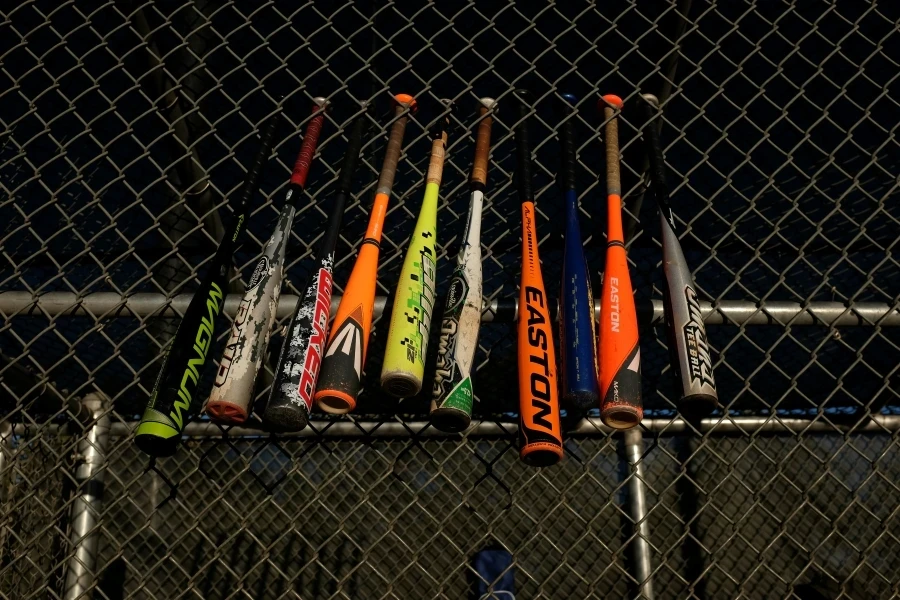
Ergonomic Designs for Enhanced Performance
Ergonomic design is becoming a key focus in the development of softball bats. Manufacturers are paying close attention to the shape and weight distribution of bats to ensure they provide maximum comfort and performance. Features such as tapered handles, balanced weight distribution, and optimized barrel shapes are being incorporated to reduce strain on the hands and wrists, allowing players to swing more efficiently and with greater control. According to recent studies, these ergonomic improvements can lead to better performance and reduced risk of injury.
Customizable Features for Personalized Play
Customization is another growing trend in the softball bat market. Players are increasingly seeking bats that can be tailored to their specific preferences and playing styles. This includes options for adjustable weight distribution, interchangeable grips, and personalized graphics. Some manufacturers offer online customization tools that allow players to design their own bats, choosing everything from the color and finish to the type of grip and barrel size. This level of personalization not only enhances the player’s connection to their equipment but also ensures they have a bat that perfectly suits their needs.
Aesthetic Trends: Colors and Graphics
Aesthetics play a significant role in the appeal of softball bats, and manufacturers are continually innovating to keep up with the latest trends. Bright colors, bold graphics, and unique designs are becoming increasingly popular, allowing players to express their individuality on the field. According to market research, bats with eye-catching designs tend to attract more attention and can even boost a player’s confidence. Additionally, some companies are collaborating with artists and designers to create limited-edition bats that stand out from the competition.
Technological Advancements in Softball Bats
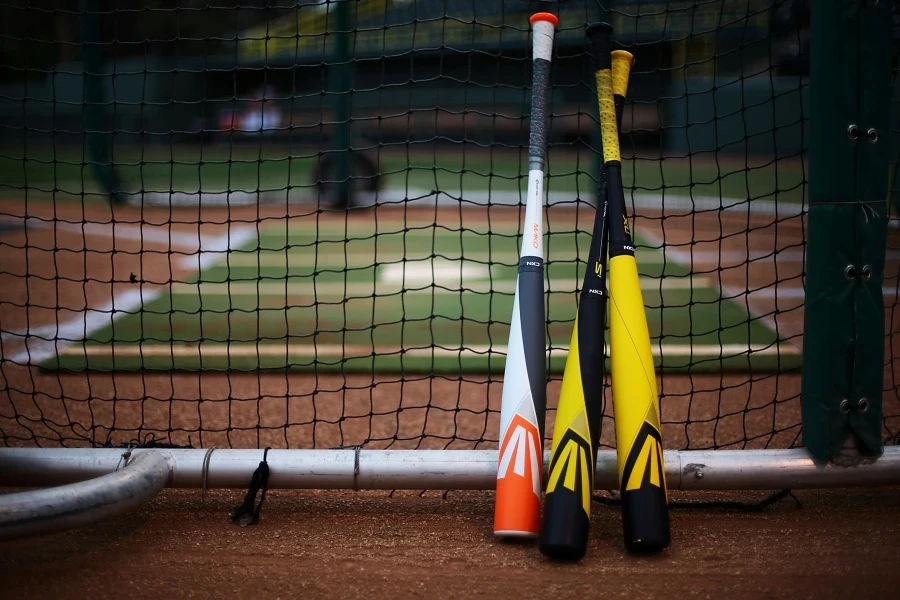
Vibration Reduction Technology
One of the most significant technological advancements in softball bats is the development of vibration reduction technology. This innovation aims to minimize the sting and discomfort that players often experience when making contact with the ball. By incorporating specialized materials and design features, such as dampening systems and vibration-absorbing handles, manufacturers can significantly reduce the amount of vibration that travels through the bat. This not only enhances comfort but also allows players to maintain better control and focus during their swings.
Enhanced Grip and Comfort Features
Grip and comfort are crucial factors in a player’s performance, and manufacturers are continually seeking ways to improve these aspects. Modern softball bats often feature advanced grip materials, such as cushioned or textured grips, that provide better traction and reduce slippage. Some bats also include ergonomic handle designs that conform to the natural shape of the hand, offering a more secure and comfortable grip. According to user feedback, these enhancements can lead to improved swing mechanics and overall performance.
Smart Bats: Integrating Technology for Better Play
The integration of technology into sports equipment is a growing trend, and softball bats are no exception. Smart bats, equipped with sensors and connectivity features, are becoming more prevalent. These bats can track various metrics, such as swing speed, angle, and impact force, providing players with valuable data to analyze and improve their performance. According to industry experts, the use of smart bats can offer a competitive edge by allowing players to make data-driven adjustments to their technique. Additionally, some smart bats are compatible with mobile apps, enabling players to review their performance and receive personalized coaching tips.
Durability and Quality Assurance
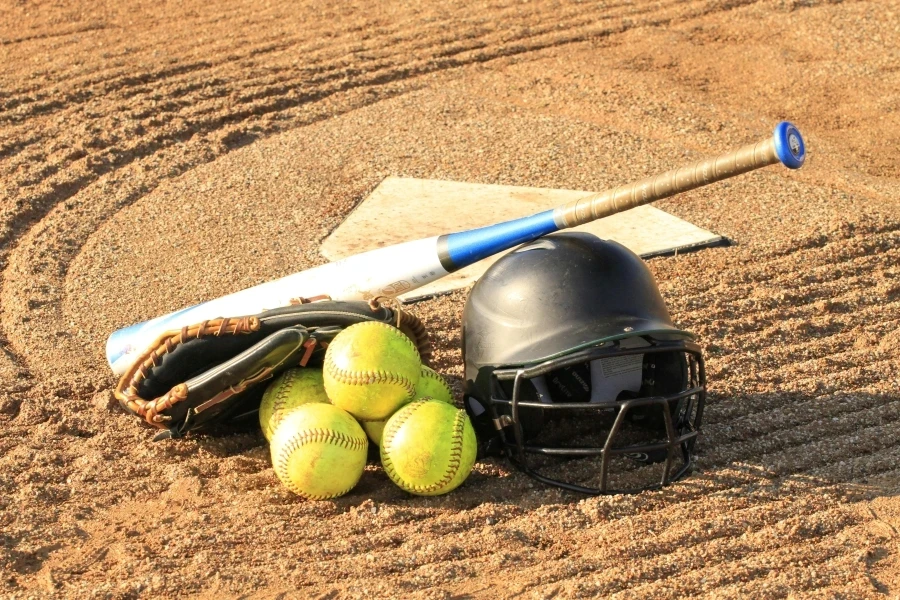
Testing Standards and Certifications
Ensuring the durability and quality of softball bats is essential for both manufacturers and players. Bats undergo rigorous testing to meet industry standards and certifications, which guarantee their performance and safety. These tests typically include impact resistance, durability under repeated use, and compliance with league regulations. Certified bats are more likely to provide consistent performance and withstand the demands of competitive play.
Longevity of Different Materials
The longevity of a softball bat largely depends on the materials used in its construction. Composite bats, for example, are known for their durability and resistance to wear and tear. However, they may require a break-in period to reach their optimal performance. Aluminum bats, on the other hand, are generally more durable right out of the box but can dent or crack over time with heavy use. Wood bats, while offering a traditional feel, are the most prone to breaking and may need to be replaced more frequently. Proper maintenance and care can significantly extend the lifespan of any bat, regardless of the material.
Maintenance Tips for Prolonging Bat Life
To ensure the longevity of a softball bat, proper maintenance is crucial. Players should regularly inspect their bats for any signs of damage, such as cracks or dents, and address any issues promptly. Keeping the bat clean and dry is also important, as moisture can weaken the materials and affect performance. Additionally, storing the bat in a cool, dry place and avoiding extreme temperatures can help prevent damage. According to maintenance guidelines, using a bat sleeve or protective cover can also reduce the risk of scratches and other surface damage.
Conclusion
The evolution of softball bats is a testament to the continuous innovation and dedication within the sports industry. From the rise of composite materials to the integration of smart technology, these advancements are enhancing the performance, comfort, and sustainability of the game. As manufacturers continue to push the boundaries of design and technology, players can look forward to even more exciting developments in the future.



